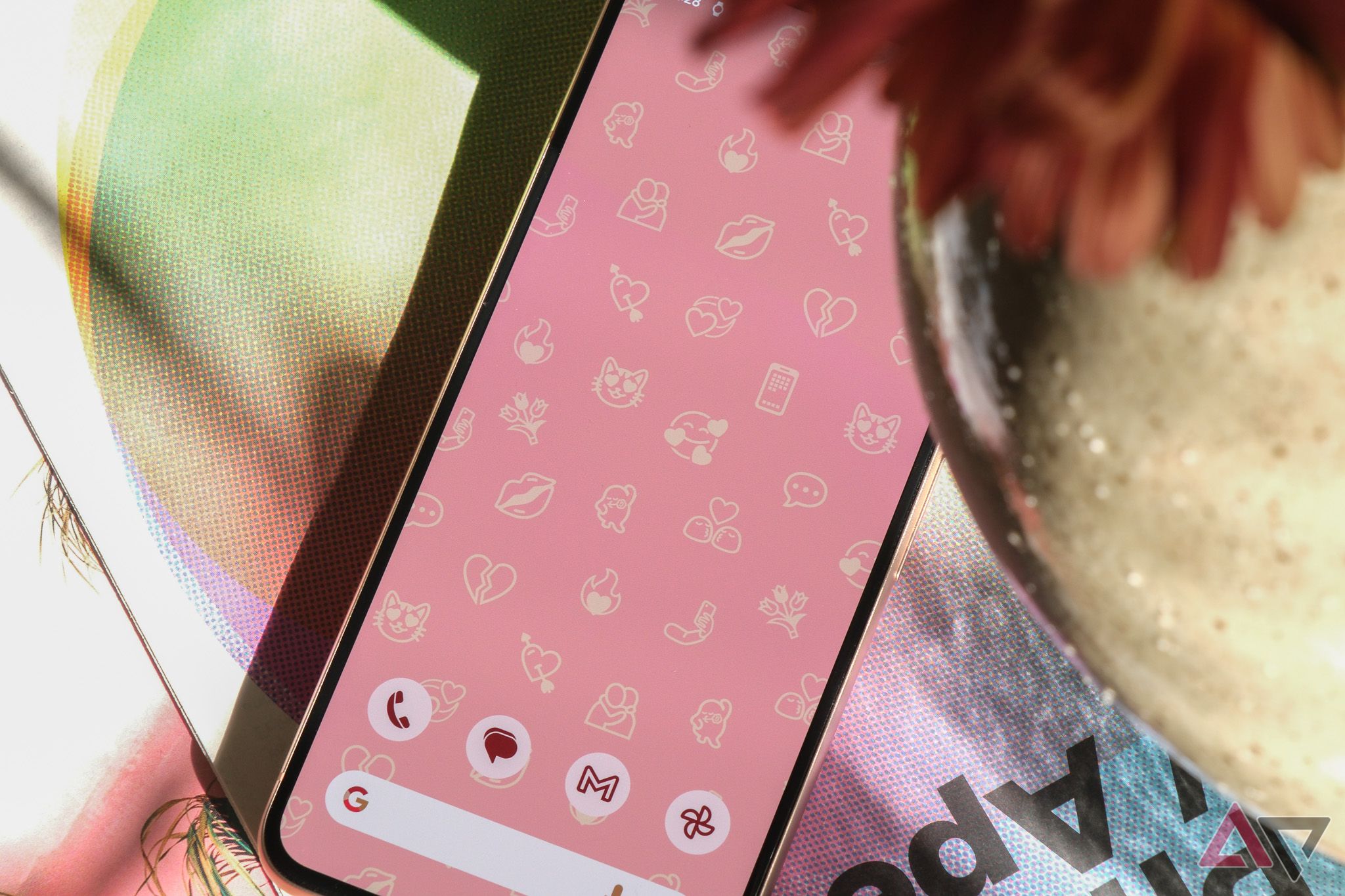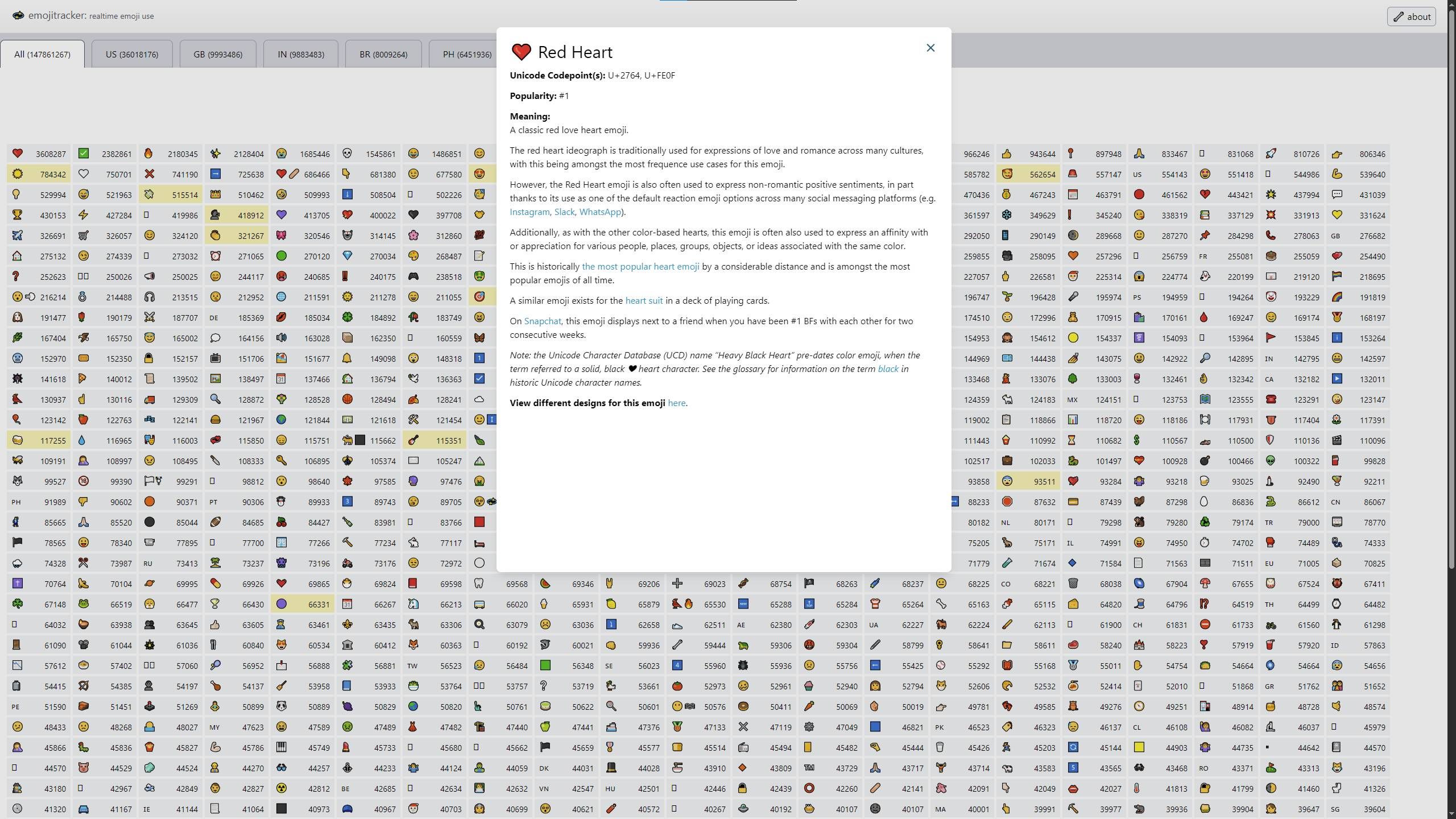After nearly two years in emoji limbo, EmojiTracker.com is back online — and it’s bigger, broader, and no longer shackled to Twitter’s ever-shifting sands. Relaunched today in celebration of World Emoji Day, the once-dead live emoji tracking site has been resurrected by Emojipedia and is now powered by its own global user base, not Twitter’s dwindling API access (Source: Emojipedia Blog).
Related
I tried FUTO Keyboard, Gboard and Swiftkey for a month and here’s how it went
Which keyboard won my thumbs (and my heart)?
One tiny, animated smiley face at a time
Source: Emojitracker
For those who remember the internet before the chaos of Threads and rebrands, EmojiTracker launched in July 2013, just weeks before Emojipedia’s own debut. Back then, it was a simple, hypnotic feed of real-time emoji use across Twitter, visualized with seizure-inducing speed. And it was glorious. But with Twitter’s rebrand to X, API lockdowns under Elon Musk, and the quiet discontinuation of Twemoji in early 2023, the tracker eventually flatlined.
Now it’s back. And this time, it supports every one of the 3,790 Unicode-approved emojis dating back to 2010, not just the original 842 from Unicode 6.0. Instead of relying on tweets, it pulls live emoji usage data from Emojipedia’s worldwide footprint. It’s less chaotic, yes, but far more sustainable.
The revived EmojiTracker features a fresh UI, and — for the first time — geo-specific filters. Want to see how the Philippines uses the 😭 emoji compared to Germany or the UK? You can. Filters currently include the US, UK, India, Brazil, Philippines, France, Germany, Australia, Japan, and an “Other” catch-all.
Despite Twitter/X ghosting the Twemoji project (and basically abandoning the standalone site), the emoji set lives on, if a bit zombified, inside X.com, Discord, Roblox, and other corners of the internet. But don’t expect it to evolve. It’s frozen in time, unlike EmojiTracker, which is now actively maintained and already looking to incorporate a decade’s worth of usage data previously collected by Emojipedia.
And, for long-time fans, one “hidden feature” from the original version has quietly survived the update. Supposedly, old-school emoji lovers will know it when they see it.
It’s a welcome comeback for a site that, frankly, never should’ve disappeared. In a world where emoji are part of daily communication, tracking how we use them offers real cultural insight. This isn’t just emoji for emoji’s sake — it’s a live mirror of our collective mood.
Let’s just hope no one at X gets any ideas about “tracking” usage again. We’ve seen how that story ends.

Related
10 emoji that simply look better on Android than iOS
The grass really is greener on Android


